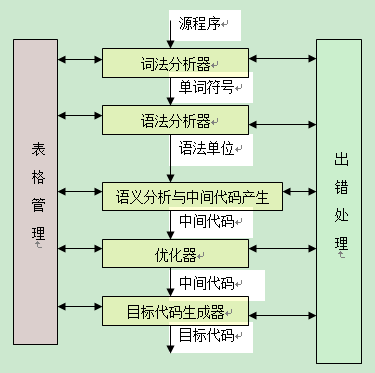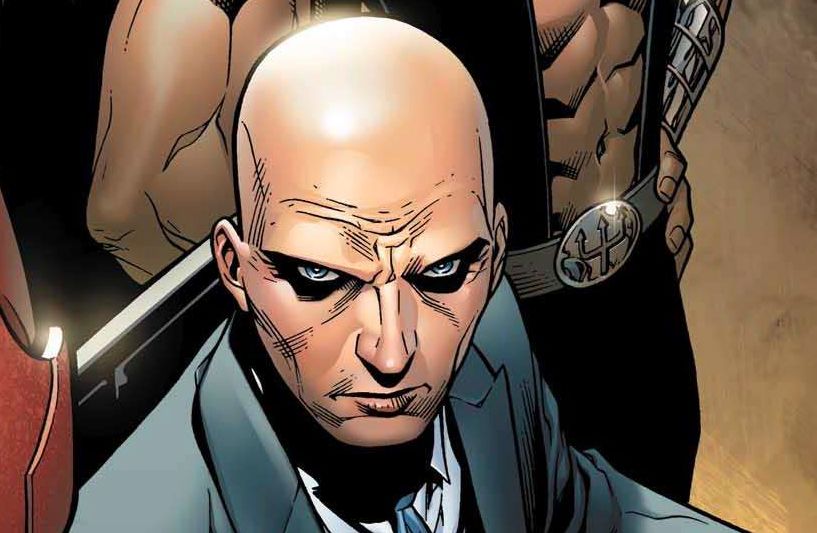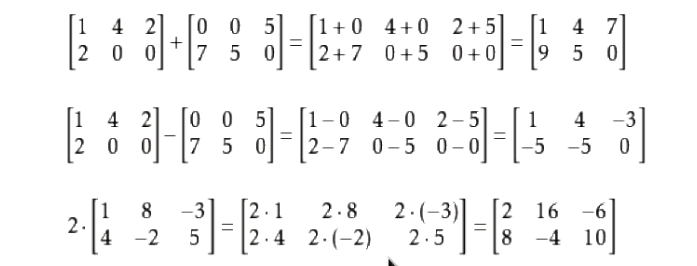I'm trying to load a block of HTML into a TextView, including images, using
URLImageParser p = new URLImageParser(articleBody, this);
Spanned htmlSpan = Html.fromHtml(parsedString, p, null);
parsedString is the HTML, by the way. Anyway, it loads up, but the images aren't having any space created for them to sit in, so they end up overlapping the text above them. Here's my URLImageParser file:
public class URLImageParser implements Html.ImageGetter {
Context c;
View container;
/***
* Construct the URLImageParser which will execute AsyncTask and refresh the container
* @param t
* @param c
*/
public URLImageParser(View t, Context c) {
this.c = c;
this.container = t;
}
public Drawable getDrawable(String source) {
URLDrawable urlDrawable = new URLDrawable();
// get the actual source
ImageGetterAsyncTask asyncTask =
new ImageGetterAsyncTask( urlDrawable);
asyncTask.execute(source);
// return reference to URLDrawable where I will change with actual image from
// the src tag
return urlDrawable;
}
public class ImageGetterAsyncTask extends AsyncTask<String, Void, Drawable> {
URLDrawable urlDrawable;
public ImageGetterAsyncTask(URLDrawable d) {
this.urlDrawable = d;
}
@Override
protected Drawable doInBackground(String... params) {
String source = params[0];
return fetchDrawable(source);
}
@Override
protected void onPostExecute(Drawable result) {
// set the correct bound according to the result from HTTP call
Log.d("height",""+result.getIntrinsicHeight());
Log.d("width",""+result.getIntrinsicWidth());
urlDrawable.setBounds(0, 0, 0+result.getIntrinsicWidth(), 0+result.getIntrinsicHeight());
// change the reference of the current drawable to the result
// from the HTTP call
urlDrawable.drawable = result;
// redraw the image by invalidating the container
URLImageParser.this.container.invalidate();
}
/***
* Get the Drawable from URL
* @param urlString
* @return
*/
public Drawable fetchDrawable(String urlString) {
try {
URL aURL = new URL(urlString);
final URLConnection conn = aURL.openConnection();
conn.connect();
final BufferedInputStream bis = new BufferedInputStream(conn.getInputStream());
final Bitmap bm = BitmapFactory.decodeStream(bis);
Drawable drawable = new BitmapDrawable(bm);
drawable.setBounds(0,0,bm.getWidth(),bm.getHeight());
return drawable;
} catch (Exception e) {
return null;
}
}
}
}
Any ideas? Thanks a ton.
Is there a particular reason you need to load it into a text view? Could you just use a WebView instead?
If you can't use Webviews, then the best solution is to not put the images in your text view. Put the images in an ImageView. TextViews don't have any of the layout engine capabilities you need to figure out where to put images and texts in relation to each other. They're not ViewGroups (like LinearLayout or RelativeLayout) and thus have no internal layout specifying capabilities. If you really don't want to use a webview (and all the nice layout engine stuff it has), you're going to have to figure out how to arrange individual TextViews and ImageViews yourself.
You could change your cointainer c (view) to a textView and then make your onPostExecute look like this:
@Override
protected void onPostExecute(Drawable result) {
// set the correct bound according to the result from HTTP call
Log.d("height",""+result.getIntrinsicHeight());
Log.d("width",""+result.getIntrinsicWidth());
urlDrawable.setBounds(0, 0, 0+result.getIntrinsicWidth(), 0+result.getIntrinsicHeight());
// change the reference of the current drawable to the result
// from the HTTP call
urlDrawable.drawable = result;
// redraw the image by invalidating the container
URLImageParser.this.container.invalidate();
// For ICS
URLImageParser.this.container.setHeight((URLImageParser.this.container.getHeight()
+ result.getIntrinsicHeight()));
// Pre ICS
URLImageParser.this.textView.setEllipsize(null);
}
This will first draw the image and then immediately set the height of the TextView to the drawable's height + the TextViews height
I don't have enough reputation to vote up for Martin S,but his answer is really helpful。And if TextView has displayed a default image before loading,we can change the setHeight() method like this:
URLImageParser.this.container.setHeight((URLImageParser.this.container.getHeight()
+ result.getIntrinsicHeight()-mDefaultDrawable.getInstrinsicHeight()));
may be we need not change container from View to TextView.
@Override
protected void onPostExecute(Drawable result) {
// set the correct bound according to the result from HTTP call
urlDrawable.setBounds(0, 0, 0 + result.getIntrinsicWidth(), 0
+ result.getIntrinsicHeight());
// change the reference of the current drawable to the result
// from the HTTP call
urlDrawable.drawable = result;
// redraw the image by invalidating the container
URLImageParser.this.container.setMinimumHeight((URLImageParser.this.container.getHeight()+ result.getIntrinsicHeight()));
URLImageParser.this.container.requestLayout();
URLImageParser.this.container.invalidate();
}
I found a interesting behavior with those solutions:
if the loading of an image is to fast and the textview has not been rendered yet (e.g. I use Okhttp with caching, so the second call is quite fast), the textview size is 0.
To resolve this issue, I had converted the ImageGetter back from the AsyncTask and instead start a AsyncTask which creates the Spanned for my TextView and sets the text afterwards.
With this solution it's not required to resize the TextView each time an Image is loaded.
new AsyncTask<TextView, Void, Spanned>() {
TextView tv;
@Override
protected Spanned doInBackground(TextView... params) {
tv = params[0];
return Html.fromHtml(feedEntry.getContent(),
new HttpImageGetter(getActivity(), HttpLoaderImpl.getInstance(getActivity())),
new Html.TagHandler() {
@Override
public void handleTag(boolean opening, String tag, Editable output, XMLReader xmlReader) {
//do nothing...
}
});
}
@Override
protected void onPostExecute(final Spanned result) {
new Handler(Looper.getMainLooper()).post(new Runnable() {
@Override
public void run() {
tv.setText(result);
}
});
}
}.execute(textView);




